Types of Grow Systems Used in Greenhouses and Vertical Farms
Greenhouses and vertical farms are becoming increasingly popular as a means of growing crops in a controlled environment. These systems allow for year-round production, reduced water usage, and increased yields. There are several types of grow systems used in these facilities, each with its own advantages and disadvantages.Hydroponic Systems
Hydroponic systems are a popular choice for greenhouse and vertical farm growers. These systems use nutrient-rich water to grow plants without soil. There are several types of hydroponic systems, including:- Drip irrigation
- Nutrient film technique
- Aeroponics
- Deep water culture
Aquaponic Systems
Aquaponic systems combine hydroponics with aquaculture, the practice of raising fish. In these systems, fish waste provides nutrients for the plants, while the plants filter the water for the fish. Aquaponic systems are highly sustainable, as they require less water and fertilizer than traditional systems.Aeroponic Systems
Aeroponic systems use mist to deliver nutrients to plant roots. These systems are highly efficient, using less water and fertilizer than other hydroponic systems. They also allow for faster growth and higher yields.Vertical Farming Systems
Vertical farming systems use stacked layers of plants to maximize space. These systems can be hydroponic or soil-based and are often used in urban areas where space is limited. Vertical farming systems are highly efficient, using less water and fertilizer than traditional systems.Conclusion
There are several types of grow systems used in greenhouses and vertical farms, each with its own advantages and disadvantages. Hydroponic systems are highly efficient and allow for precise control over nutrient delivery, while aquaponic systems are highly sustainable. Aeroponic systems use mist to deliver nutrients to plant roots, resulting in faster growth and higher yields. Vertical farming systems maximize space and are often used in urban areas where space is limited. By choosing the right grow system for their needs, growers can maximize yields and reduce their environmental impact.
Lighting
Aessence

HVAC
,
Lighting
AgricUltra Advancements
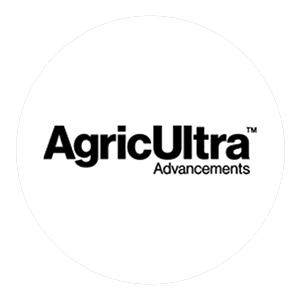
Grow Systems
,
Lighting
AmHydro
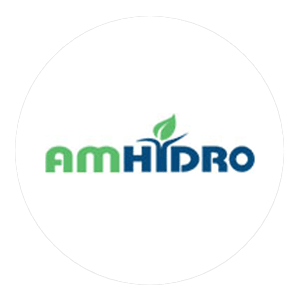
Greenhouse
,
Grow Systems
,
HVAC
,
Lighting
Autogrow

Automation
Box4Grow

Container Farms
California Lightworks

Lighting
Ceres
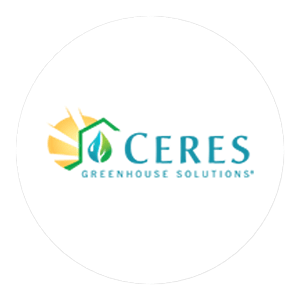
Greenhouse
Climate Control Systems by Nebula
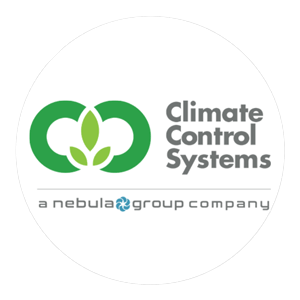
Controls
,
Software
CMC Design Build

Automation
,
Grow Systems
Crecer Lighting

Lighting
Cropboss LED
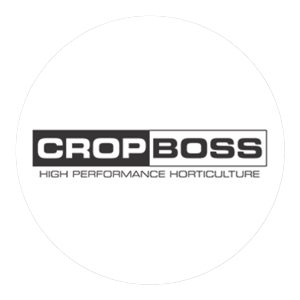
Lighting
CropBox

Container Farms
CropKing
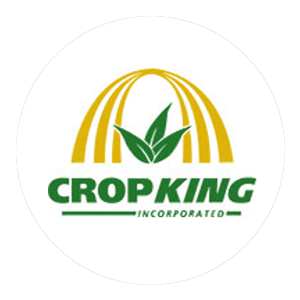
Greenhouse
,
Grow Systems
,
HVAC
,
Lighting
CubicFarms
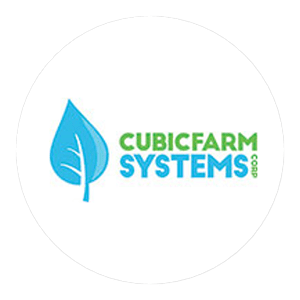
Grow Systems
Cultivatd

Grow Systems
,
HVAC
,
Lighting
Delta9 Systems

Grow Systems
Dominion Ag

Grow Systems
,
HVAC
,
Lighting
EcoSprout

Grow Systems
EmersonGrow

Lighting
Facility Solutions Group

Controls
,
Lighting
FarmBox Foods

Container Farms
Fork Farms

Grow Systems
GroShed

Grow Systems
Grow Glide

Grow Systems
Grow It Depot
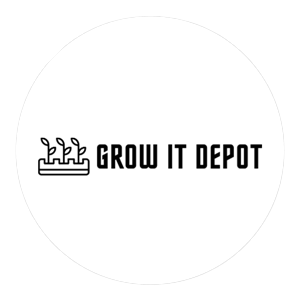
Grow Systems
,
HVAC
,
Lighting
Grow Light Central

Lighting
Grow Pipes

Grow Systems
Grow Pod Solutions
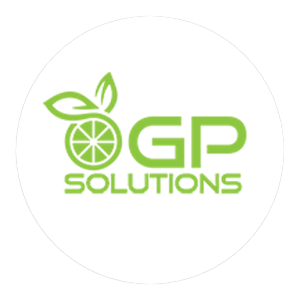
Container Farms
GrowDirector

Controls
,
Software
GrowFlux

Lighting
GrowRay

Lighting
Growtainers

Container Farms
,
Grow Systems
Hamill APS
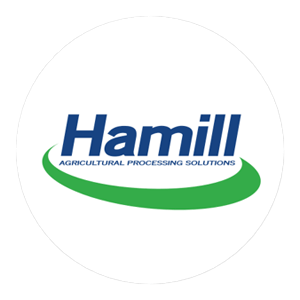
Automation
Happy Hydro

Automation
,
HVAC
,
Lighting
Harvest Today

Grow Systems
Hoogendoorn

Controls
,
Software
HortiPower

Lighting
HyPAR Farm

Lighting
iFarm

Grow Systems
,
Lighting
,
Software
Iluminar Lighting

Lighting
Kosmik Energy
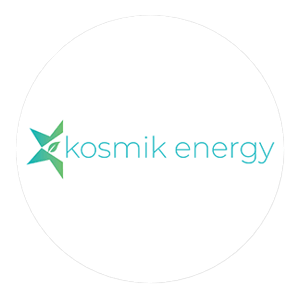
Automation
LED Grow Lights Depot
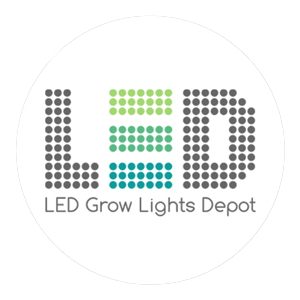
Lighting
LettUs Grow

Container Farms
Light Science Tech

Lighting
MineARC Systems
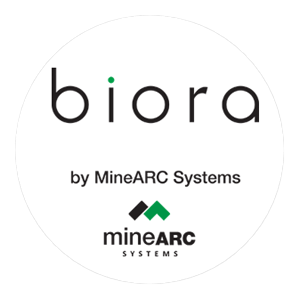
Grow Systems
National Design Build Service (NDBS)

HVAC
Nelson & Pade

Aquaponics
,
Grow Systems
Netled

Grow Systems
,
Lighting
NewLaVie

Container Farms
,
Grow Systems
,
Lighting
Oreon
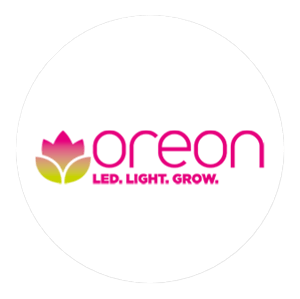
Lighting
PowerGrow

Greenhouse
Proximity

Lighting
Pure Greens
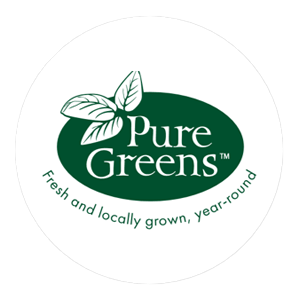
Container Farms
Renegade Plastics

Grow Systems
Rooted Robotics

Automation
,
Controls
Sananbio

Grow Systems
,
Lighting
Schneider Electric

Automation
Shipshape Urban Farms

Container Farms
ShoreGrow

Grow Systems
,
Lighting
SpecGrade LED

Lighting
SpectraGrow
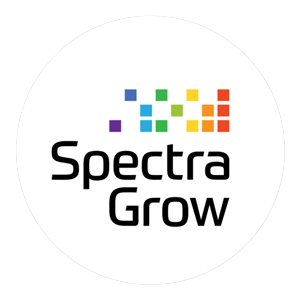
Lighting
StrataGerm Consulting

Consulting
,
Software
TC Control Group

Controls
,
Software
Terrapin

HVAC
TotalGrow Lights

Lighting
Urban Agrotech

Container Farms
Urban Crop Solutions
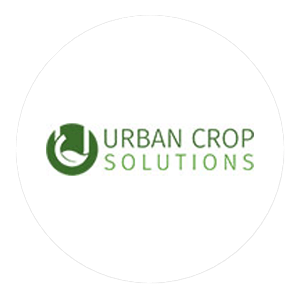
Container Farms
,
Grow Systems
Valoya

Lighting
Verde Compacto

Container Farms
Vertical Farm Systems
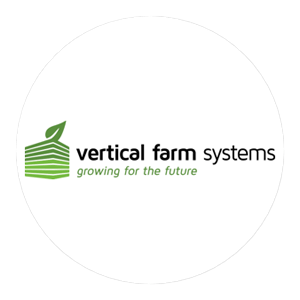
Automation
,
Grow Systems
Vertically Urban

Lighting
VertiGrow
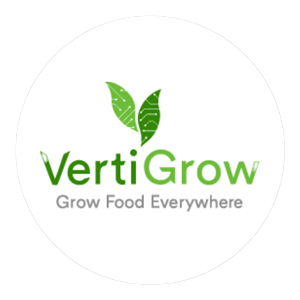
Software
Worldwide Local Salads

Grow Systems
ZipGrow

Grow Systems
,
Lighting